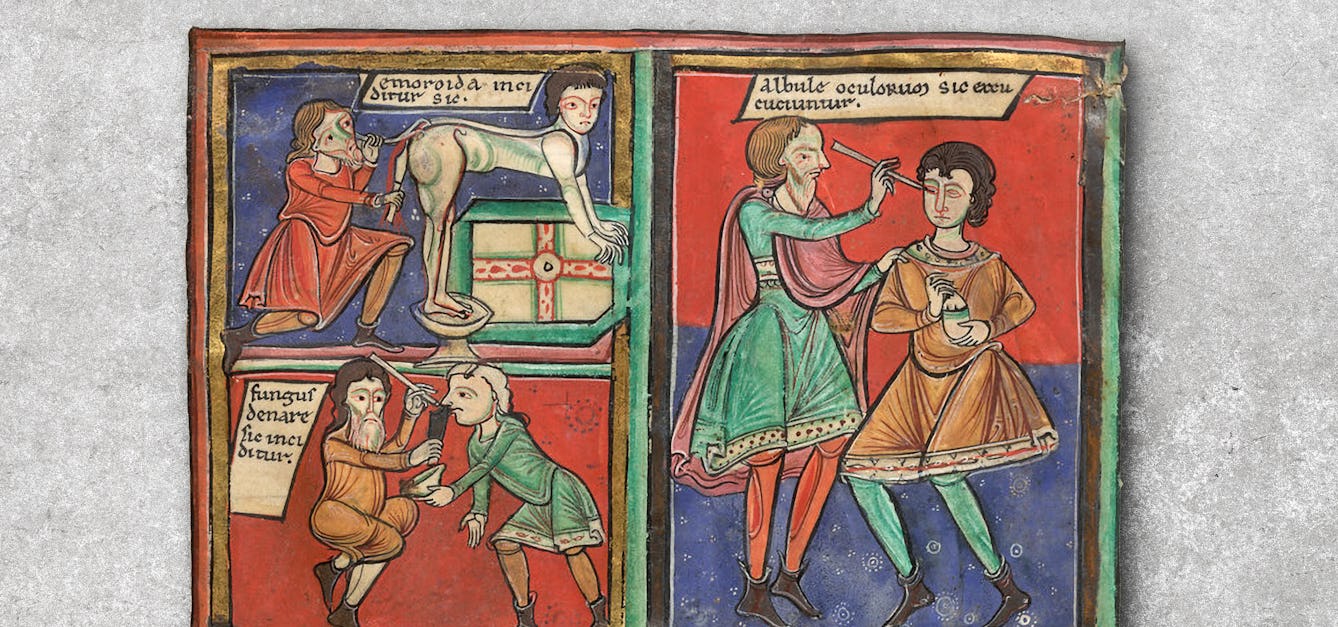Stories

- In pictures
How Mills & Boon made medicine romantic
‘Doctor-nurse’ romances are a hugely popular trope. Agnes Arnold-Forster explores their history and surprisingly nuanced depictions of womanhood, hospitals and the welfare state.

- In pictures
Herbal medicines and the early modern menopause
Held responsible for their own “rebellious distempers” – or menopausal symptoms – women had no choice but to keep quiet and resort to unpalatable concoctions in the hope of relief, as Julia Nurse explains.

- Article
What Black women do when the NHS fails them
Sabrina-Maria Anderson explores misogynoir – hatred of Black women – within the NHS, and how women like her are consequently turning to other sources of medical support.

- Article
Revelations of blindness in the Middle Ages
Medieval texts, from Islamic medical treatises to Christian books of miracles, reveal surprisingly varied and complex experiences of blindness. But when medieval scholar Jude Seal experienced visual impairment themselves, they gained an even deeper understanding of the lives they were studying.
Catalogue
- Archives and manuscripts
- Online
Women in Medicine
Date: 1982Reference: SA/MWF/B.2/56Part of: Medical Women's Federation- Archives and manuscripts
- Online
Women in Medicine
Date: 1983Reference: SA/MWF/B.2/59Part of: Medical Women's Federation- Archives and manuscripts
- Online
Women in Medicine
Date: 1982Reference: SA/MWF/B.2/57Part of: Medical Women's Federation- Archives and manuscripts
- Online
Women in Medicine
Date: 1982Reference: SA/MWF/B.2/58Part of: Medical Women's Federation- Archives and manuscripts
Women in Medicine/Medical Women
Date: 1982-1989Reference: SA/MWF/B.2/56-79Part of: Medical Women's Federation









